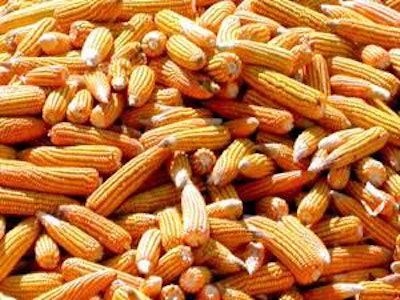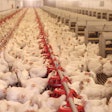
The New York Times published an editorial on January 15, 2011, questioning the continued value of agriculture subsidies. Given the need to reduce the Federal deficient, the commentator suggested that the 112th Congress should seriously question the $10 to $30 billion annually to support aspects of agriculture.
Some of the components of agricultural subsidies include $5 billion in direct payments, $7 billion in marketing loans and up to $4 billion each for crop losses and subsidies to purchase crop insurance.
Hidden subsidies
Of particular concern was the implication that subsidies are disproportionately assigned to larger operations. The 2010 proposal to limit direct payments to farmers with an income in excess of $500,000 was soundly rejected. It is a fact that although the aggregate dollar value of subsidies goes to large integrated corporate farming enterprises, small farms, beloved of the current USDA administration are the least productive in the U.S. Based on dollar per unit of output these farms are effectively over-supported compared to the large operations.
There are a number of hidden subsidies that benefit agriculture. The U.S. Army Corp of Engineers maintains the river transport system that allows shipment of grains from the Midwest to poultry and hogs in the Southeast and to our export terminals along the Gulf. The interstate highway system also benefits agriculture as do subsidies to the rail infrastructure critical to transporting grains and agricultural products.
The editorial continues with the observation that the farm lobby is so strong and bipartisan, that radical changes to the current subsidy system are unlikely. It is possible that the misplaced initiatives of the Obama Administration to support “small farmers” will be rejected, despite the change of leadership in the House.
The ethanol program
The most egregious misuse of taxpayer funds is represented by the biofuels program which is emerging as a factor contributing to inflation. During the first week of 2011, daily ethanol production attained 37.3 million gallons in comparison to gasoline demand of 370.4 million gallons. This means that if all ethanol were to be added to gasoline in the given week, the inclusion rate would only be 10%.
This is viewed against the demands of the ethanol lobby to increase blending to as much as 15%. It is obvious that despite subsidies for incorporating ethanol into gasoline, there is an economic “blend ceiling,” which limits national use of the product, principally derived from corn. Given the figures reported by the ethanol industry there is currently an inventory equivalent to a 10 week supply at present use rates. It is projected by USDA that 35% of the 2011 corn crop will be diverted to ethanol production.
The net result of our misguided ethanol program will be an ongoing escalation in the price of corn which various agriculture economists have estimated is inflated by 50 cents per bushel due to diversion. The price of corn as a commodity will also be influenced in the short term by hedge fund speculation and international demand including the requirements of China for hog and poultry feeds. The situation is also exacerbated by an anticipated reduction in supply of coarse grains associated with reduced yields in many corn-producing nations following the transition from an El Niño to an El Niña producing unseasonal droughts and floods.
It is evident that there are distortions in our production of agricultural commodities brought about by frequently conflicting policies which cater to vested interests. If we are to solve the disparity between federal income and expenditure it will be necessary to rationalize our energy, food and healthcare policies.
Critically evaluating the expenditure on agricultural subsidies and supplanting the renewable fuels initiatives, which is based on corn, would be logical starting points.













